In late 1955 the policy changed; Stan Piper was re-posted to Shackletons, Derek Butcher to Lincolns and Tim Ware went to Transport Command as Engineering Leader on No. 216 squadron responsible for introducing the Comet 2 into RAF service. Some engineers however were retained to teach on the Valiant OCU.
The cause of this change was the decision by Bomber Command that all its aircraft would henceforth operate with an all-commissioned crew. The return of the Washingtons resulted in over 100 engineers being available but only a handful of these were of commissioned rank. Bomber Command never again employed Engineers on front line aircraft; the ‘V’ force did not use them and would operate without an Air Engineer but two Pilots, although one tradition was maintained, some Engineers on ground tours were posted as instructors to Bomber OCUs.
Tradition however was of little use in 1955 to an aircrew branch which had suddenly parted company with the Command which had created and shaped it. The engineers continued existence. let alone progress, was totally dependent upon Coastal and Transport Commands. In 1956 Transport Command accepted both the Comet and Beverley into service. The Comet boasted an engineer’s flight deck position with a side facing systems panel, an arrangement which was to become standard on most jet powered airliners.

The Beverley entered service as a 2 Pilot, non Engineer. operation, but after an accident at Drayton village near Abingdon, caused by a non-return valve being fitted incorrectly in the fuel system. an Engineer became a full time member of the crew.
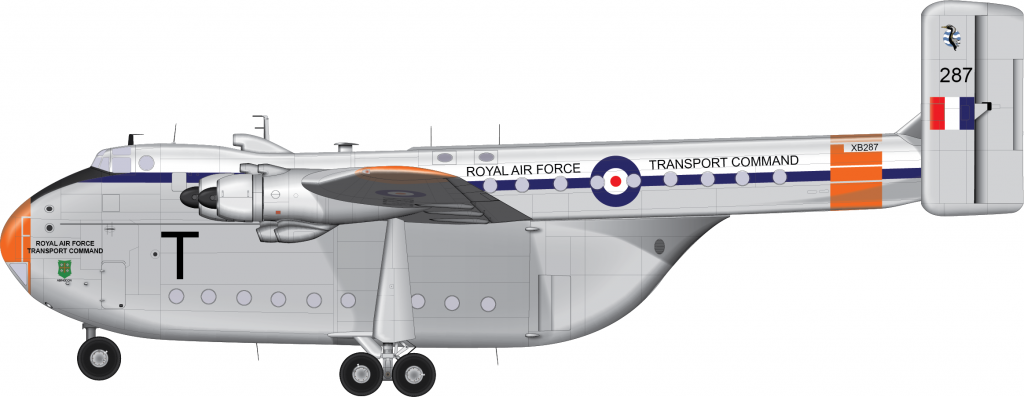
In 1958 an aircrew redundancy scheme was introduced; this was far too successful leading to critical shortages. Recruitment recommenced in 1959 from senior technicians (Sgt. Rank) of airframe and engine trades. The response was so poor the first course was postponed. Aircrew service was increased to 6 years, included electrical and instrument fitters and the minimum rank was reduced to Corporal. No.I course began training in autumn 1960; with engines and airframes taught at No 8 SoTT RAF Weeton near Blackpool. followed by 4 months at No 12 SoTT RAF Melksham, Wiltshire covering electrics and instruments.

Transport Commands airborne utilisation of the Engineer as a plain systems operator, isolated in his own cubicle, died with the Hastings. Experience with the Beverley and more specifically the Comet established the necessity for a crew member capable of integrating and monitoring, aspects outside his own specialisation. “The arrival of the Britannia in large numbers in 1959 not only reinforced this new view but it also demanded a depth of electrical engineering knowledge far surpassing that of any previous aircraft.
The inter-related fortunes of St. Athan and the Engineer branch were reflected in a memorial, erected in the 1950s, in No.2 Workshop on the camp. It lists, on 2 boards; the decorations awarded to over 370 Flight Engineers out of the more than 22,500 who trained there between 1941 and 1951.
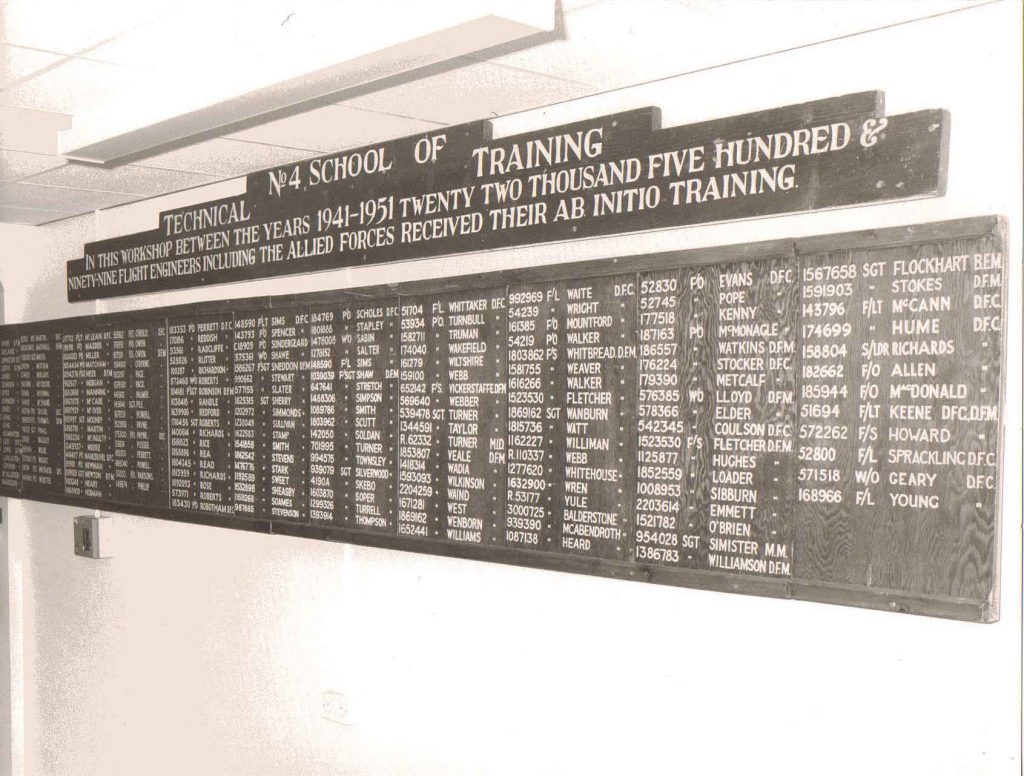
In 1961 the Belvedere helicopter and Argosy entered service and the demand for Engineers was high. Until the end of 1963 intakes were programmed at 3 month intervals. A lack of volunteers created a radical re-organisation of the branch, permanent re-mustering to Air Engineer was re-introduced and those Engineers who had reverted back to their previous trades after completing aircrew tours were invited to return.

new course was designed in 1961 by Flying Training Command and Ken Owen was set the task to design a new engineer’s course. It was to be of high :echnical content and incorporate a flying phase to assess the students in the airborne environment before the OCU. Up until now all ab-initio aircrew were posted to the basic aircraft in Coastal or Transport Command but the failure rates on the OCUs were high due mainly to air sickness.
The projected course was planned to be 52 weeks duration and include an applied flying phase on either a modified Dominic or Argosy.
Finance dictated the use of the un-pressurised Vickers Varsity which equipped the Air Electronics School. The results obtained from the flying outstripped all expectations. The majority of the instructors were handpicked qualified Air Engineers from the squadrons.
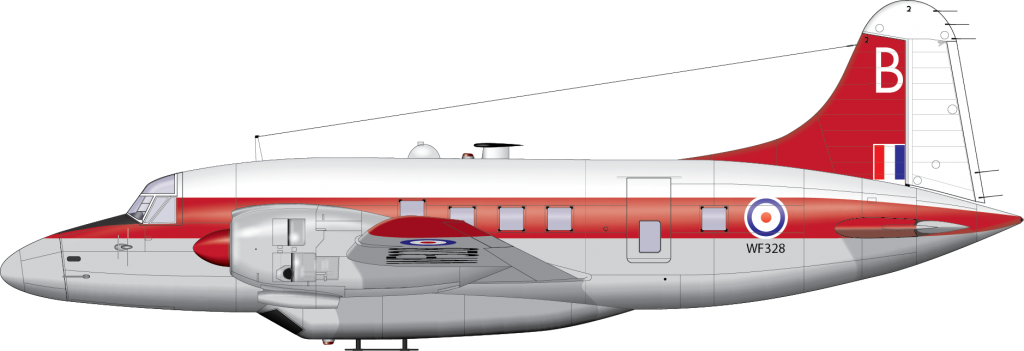
The Air Force went through a period of contraction at the ceasing of National Service, both Weeton and Melksham closed and in 1964 engine and airframe training returned, once again, to St. Athan, with electrics and instruments going to RAF Newton, Nottinghamshire. Fitter based training continued until 1967 and, throughout the years that it operated, demonstrated a consistently high level of technical ability and knowledge.
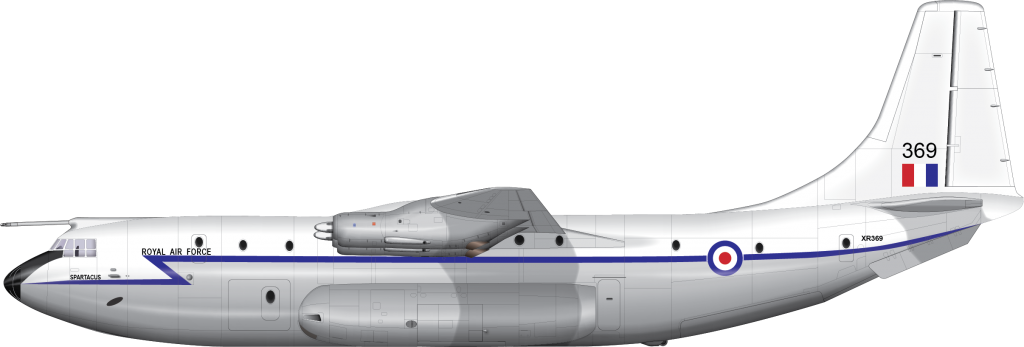
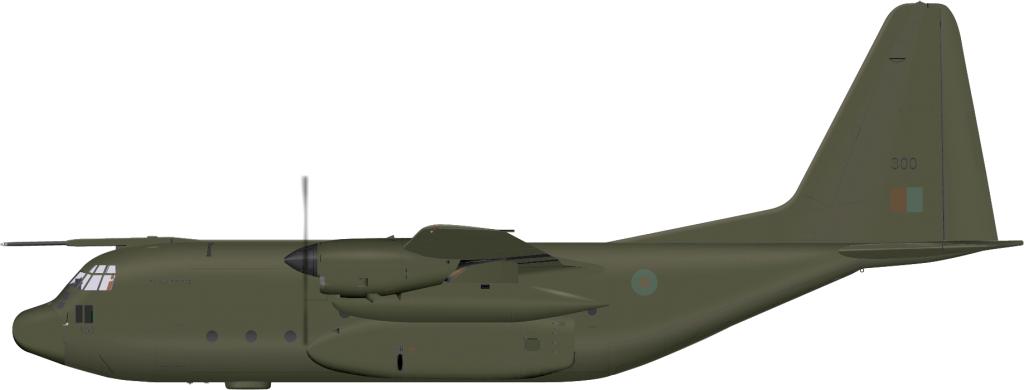

It was planned to introduce 3 new aircraft types in 1967; the VCIO, Belfast and Hercules. all of which would require Air Engineers. On the 30 January 1967 Squadron Leader Ken Owen became the first Officer Commanding the new Air Engineer Squadron at the inauguration of the combined Air Electronics and Engineers School based at RAF Topcliffe. The new pattern of air electronics training had already commenced so the first engineers to arrive formed part of No.5 course with subsequent entries at 8 week intervals. Argosy XN848 arrived in August 1971 as 8159M for ground instruction before being scrapped in 1973.
Access, on a shared basis with No.115 squadron, was available to the Argosy simulator located at RAF Benson, Oxfordshire. With these resources work started on a new syllabus.
A new course was designed. Training would start with academics and the basic system instruction geared towards the Dominic. The flying phase came next followed by advanced training in more complex systems preparing the student for a final handling phase on the Argosy simulator.
When No.115 squadron retired their aircraft in 1978 the engineers had exclusive use of the simulator. The Argosy simulator at RAF Benson completed many years of service up to No.113 course – they were the last to pass out using it.